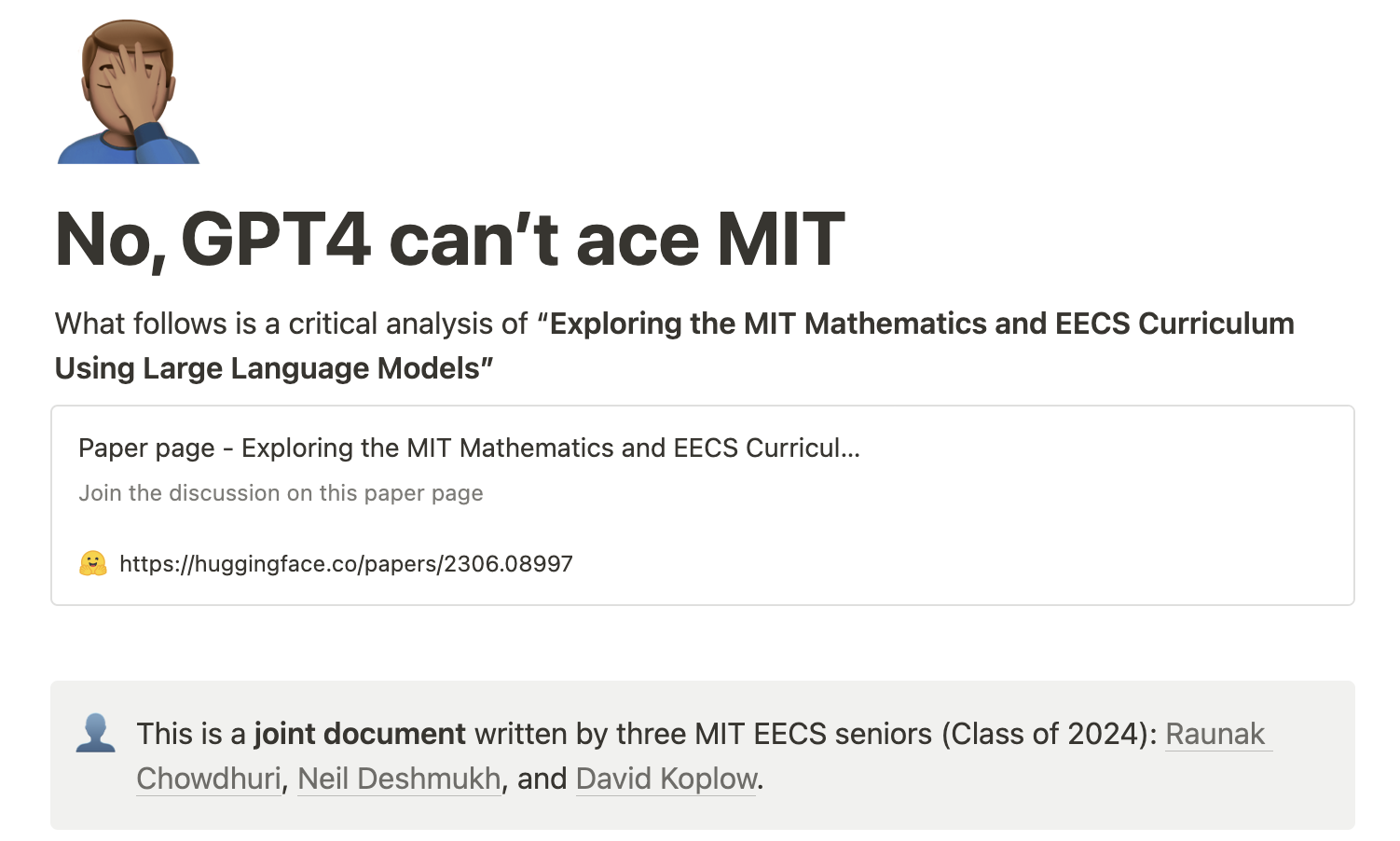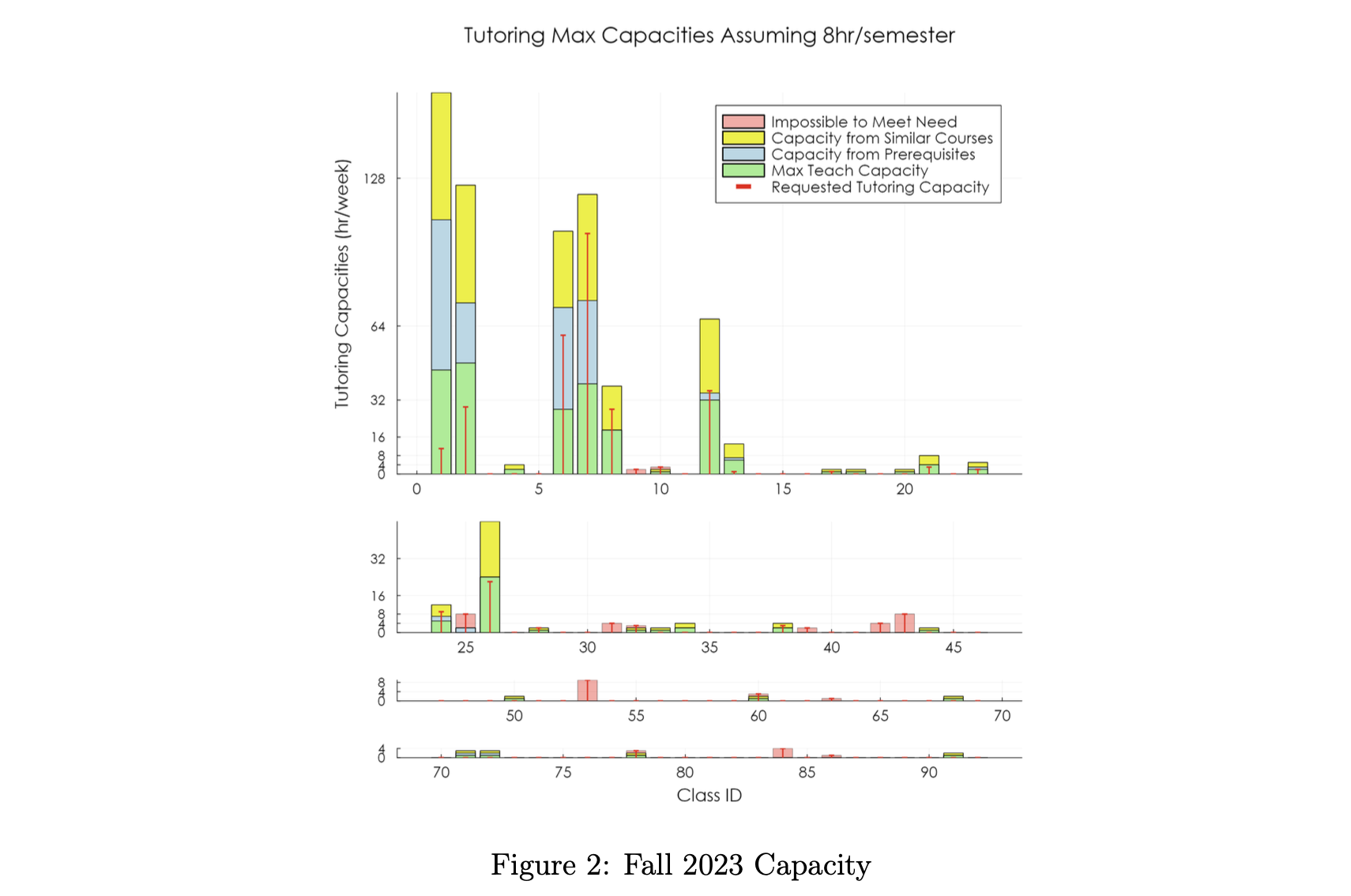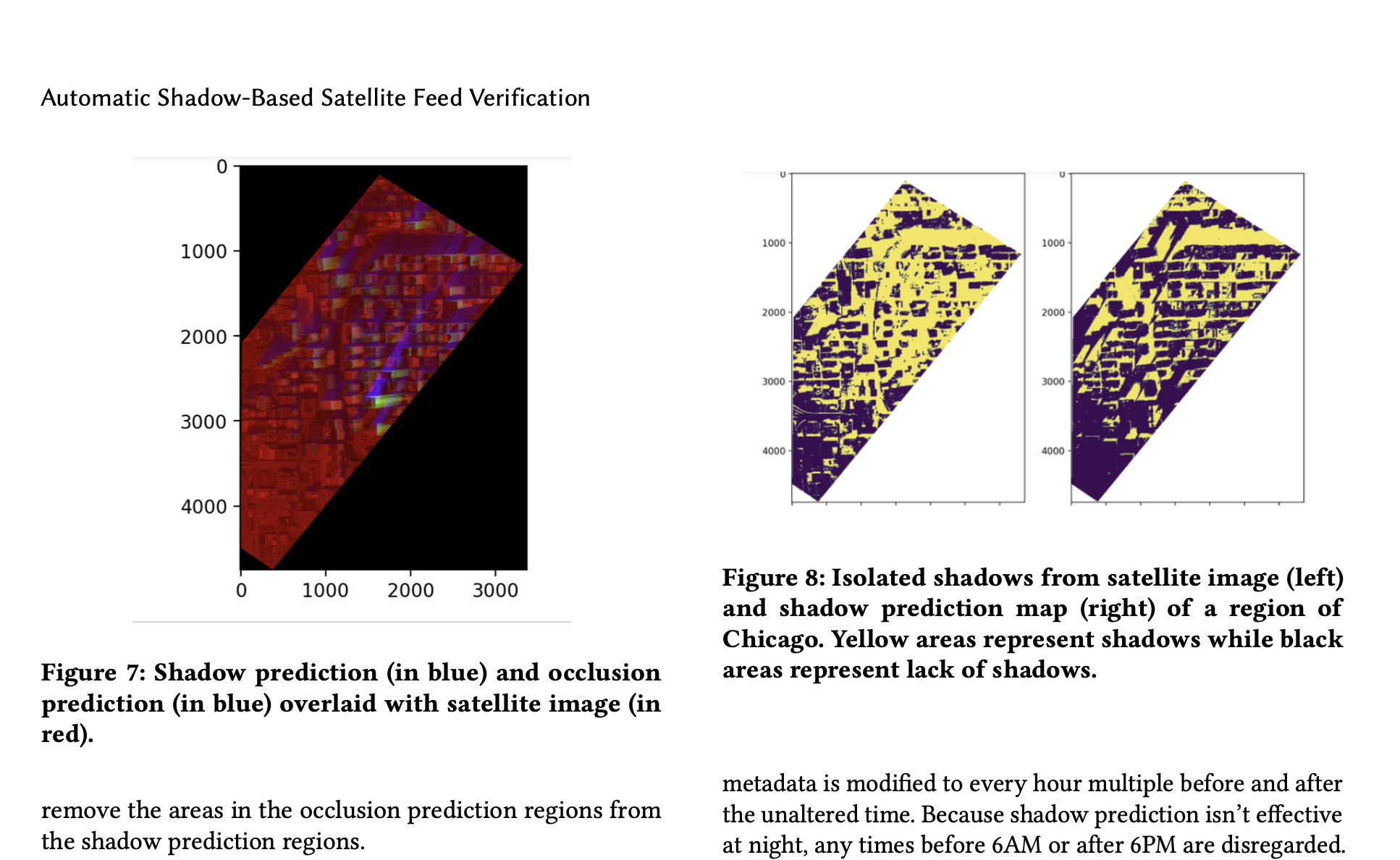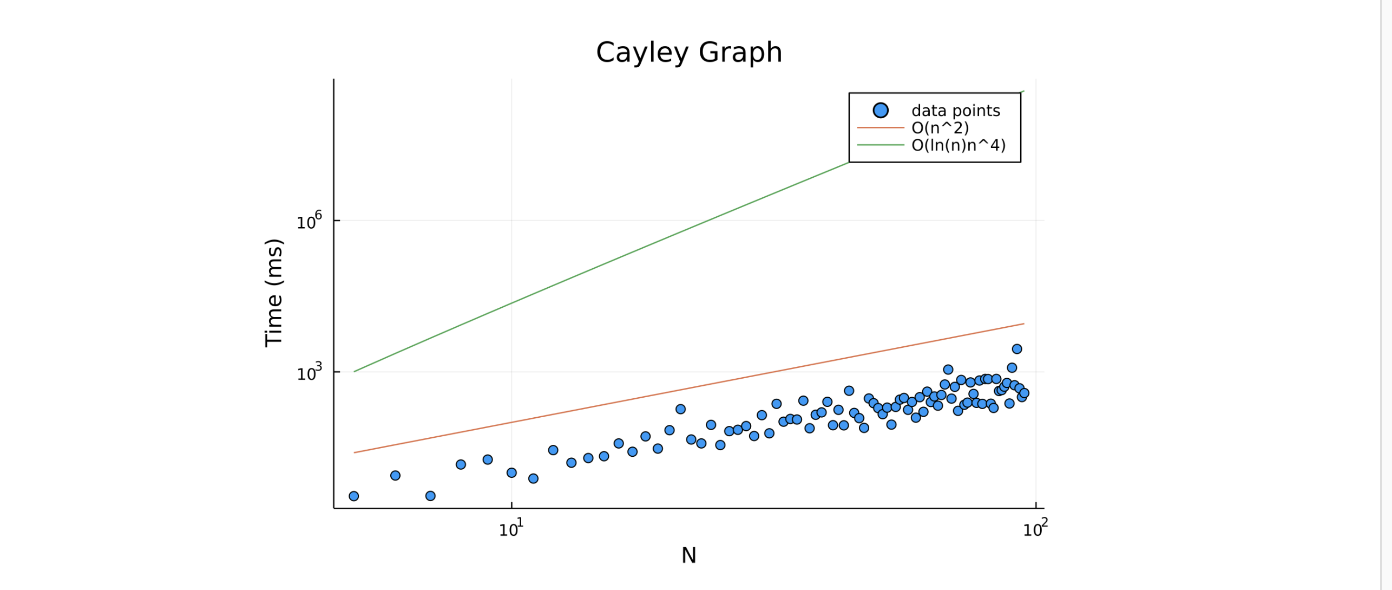David Koplow
Personal Website
Education
Massachusetts Insititute of Technology
Degrees
MEng in Artificial Intelligence and Decision Making
Feb 2025 - Present
GPA: 5.0/5
Advised by Professor Tomaso Poggio
SB in Artificial Intellgence and Neuroscience (double major).
Sep 2020 - Feb 2024 (3.5 years)
GPA: 5.0/5
Societies
Acitvities
Select Experiences
Machine Learning Resident
Reducto AI
Co-President
AI@MIT
Co-President
Eta Kappa Nu Honor Society
Co-Founder
Tau Clinical
Machine Learning Engineer
Pumas AI
Machine Learning Engineer
BrainQ Technologies
Software Developer
Stem Development Inc.
Intro
David Koplow graduated from MIT with a degree in Artificial Intelligence and Neuroscience. He co-led AI@MIT and Eta Kappa Nu, focusing on improving tutoring services and managing student organizations. As a Machine Learning Engineer intern at Pumas AI and BrainQ Technologies, he worked on automatic differentiation and applied NLP techniques to EEG data. He co-founded Tau Clinical, a startup accepted into Y Combinator, aiming to expedite clinical trial submissions using AI. His research projects include a rebuttal to a preprint on MIT's curriculum and exploring the Graph Isomorphism Problem.
(Blurb written by ChatGPT o1-preview)
Why? Ask me.
E: dkoplow12@gmail.comSelect Research and Projects
Wrote a rebuttal to ”Exploring the MIT Mathematics and EECS Curriculum Using Large Language Models” after it went viral on Twitter. The pre-print was originally co-authored by 15 researchers including 4 professors affiliated with MIT. The issues we identified culminated in the withdrawal of the paper. Our response also went viral attracting 3.4 million views and led to an article in the Chronicle of Higher Education. I was asked to speak about this to over 100 researchers and educators at a conference on LLMs in education run by MIT. List of other speakers. I also gave this talk to Tomaso Poggio’s lab and was a panelist for MIT Generative AI Week.
The Eta Kappa Nu honor society at MIT is the official tutoring service for all of MIT EECS. Historically, all pairings between tutors and tutees are done manually. Often only 30-50% of the need is met due to suboptimal pairings resulting from the stochastic nature of when sign-ups occur, the availability of tutors, and the differing levels and areas of need for students. Using historical data of student-tutor pairings and requests and LLMs, the optimization algorithm described in this paper enables us to meet over 40% more of student need. Read the paper.
Optical satellites are one of the most valuable sources of surveillance data, yet there do not seem to be any unclassified methods that verify their data in real time. We propose a pipeline that accomplishes this through the frame-by-frame verification of satellite position, image location, and temporal accuracy of the image. We also present and implement a shadow-based method of automatic single-frame image temporal verification. This model performs well on a dataset of satellite images of major cities, even when images are partially obstructed by weather anomalies and cloud cover. It can accurately approximate the time of day an image was taken within an hour, but is not yet robust enough for military applications. Read the paper.
The question of whether or not there is an efficient algorithm to determine if two graphs are isomorphic is unsolved. While there are a number of solved sub-types of graphs, no polynomial time algorithm shown to work in every case. In this paper I present an O(n⁴) polynomial time algorithm that appears to generalize to some yet unsolved subtypes of graphs. This algorithem, however, fails to identify isomorphisms in non-strongly regular graphs (commonly believed to be the most difficult subtype of graph to detect isomorphism) above 125 nodes. Thus the question of whether or not GI=P remains open. This write up of the algorithm and quantiative expirments to evaluate its performance were conducted under the supervision of Professor Virginia Williams.



